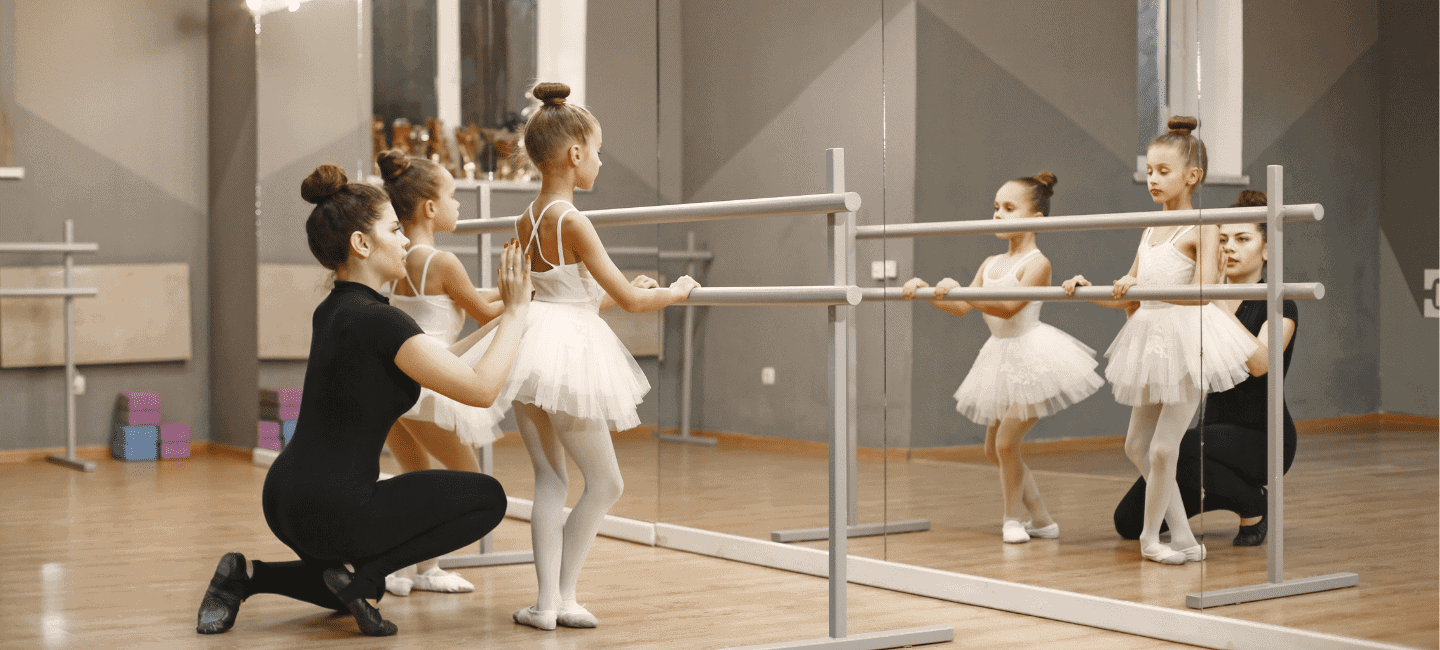
Promoting Inclusion and Equity in Education
While there are many studies out there that examine the general intrinsic motivation for physical activity, little research has been done on emotions as a crucial factor in understanding student motivation in a PE setting.
25 Feb 2025


